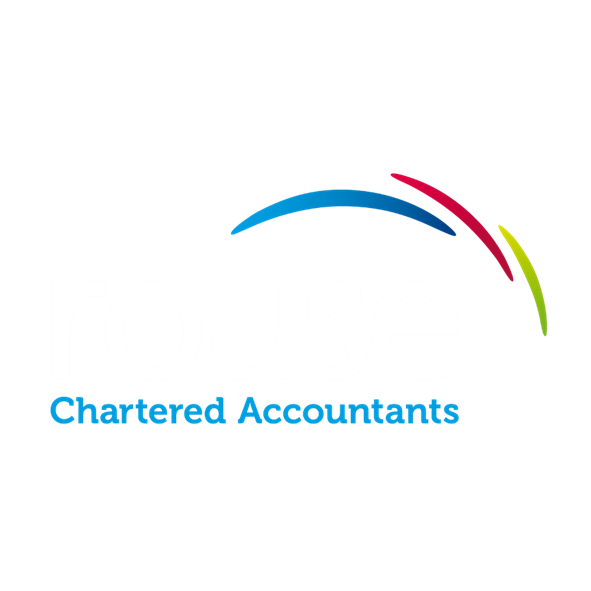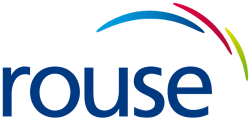After months of speculation, the Budget was unveiled today – albeit by the OBR an hour before the Chancellor’s official statement.
While some headline announcements, such as the three-year freeze on income tax rates, were widely predicted, several subtler measures could have a significant impact on businesses and individuals.
Here is our roundup, including some of the less-publicised changes worth noting.
For Businesses
- R&D clarity for SMEs: A targeted R&D advance assurance service will launch in spring 2026, helping SMEs gain confidence in their R&D tax relief claims before submitting them to HMRC.
- Capital gains tax relief: Effective immediately, Employee Ownership Trusts (EOTs) will have CGT relief cut from 100% to 50%.
 Paul Woodward, Director of Corporate Tax, commented, “Employee Ownership Trusts (EOTs) have been targeted due to the increased number of companies entering into this type of arrangement which is costing the Treasury much more than anticipated when the legislation was put in place. The reduction of capital gains tax relief reduces the financial incentives on a sale to an EOT. This does not change the fact that a holistic view should be taken when considering an EOT and wider commercial and cultural benefits of employee ownership must be considered when deciding whether this remains the most suitable route for succession or business transition.”
Paul Woodward, Director of Corporate Tax, commented, “Employee Ownership Trusts (EOTs) have been targeted due to the increased number of companies entering into this type of arrangement which is costing the Treasury much more than anticipated when the legislation was put in place. The reduction of capital gains tax relief reduces the financial incentives on a sale to an EOT. This does not change the fact that a holistic view should be taken when considering an EOT and wider commercial and cultural benefits of employee ownership must be considered when deciding whether this remains the most suitable route for succession or business transition.”
- Expanded EMI and Share Schemes: Enterprise Management Incentives (EMI) eligibility has been broadened to allow scale-ups to offer tax-advantaged shares and attract top talent. Existing EMI and CSOP contracts can now be updated so employees can exercise options during PISCES trading events, providing liquidity while retaining tax benefits.
- VCT and EIS Adjustments: Limits for Venture Capital Trusts (VCT) and Enterprise Investment Schemes (EIS) have been increased to encourage follow-on investment as companies grow. Upfront VCT income tax relief, however, will be reduced from 30% to 20%.
 What Rachel Reeves’ Budget Means For Tech, Innovation & SMEs: Read our summary of the Budget for scale-up and high-growth companies from our growth hub, partner firm, Finerva.
What Rachel Reeves’ Budget Means For Tech, Innovation & SMEs: Read our summary of the Budget for scale-up and high-growth companies from our growth hub, partner firm, Finerva.
- Capital Allowances: A new 40% First Year Allowance (FYA) for most main rate assets from 1 January 2026, will be available to both companies and unincorporated businesses. This allows companies to write off a significant portion of the cost in the first year rather than spreading it over several years. By accelerating tax relief, it reduces upfront financial pressure and makes it more attractive for businesses – particularly SMEs and manufacturing firms – to upgrade or expand their operational assets.
- Minimum Wage and Pension Changes: The increase in the minimum wage could add pressure on employers with tight margins, and the £2,000 cap on salary-sacrifice pension contributions limits tax-efficient director remuneration options.
- Fuel Duty: The continued fuel duty freeze provides much-needed stability for fleet-heavy businesses, helping them manage operational costs and plan budgets amid rising expenses in other areas.
- Making Tax Digital: HMRC will have more flexible powers for Making Tax Digital from April 2026, to adjust penalties, exemptions and administrative rules as MTD expands. Also, E invoicing will become mandatory for all VAT invoices from April 2029.
For Individuals
- Dividends: There will be a dividend tax increase of 2% from April 2026, taking the basic rate to 10.75% and the higher rate to 35.75%. The £500 dividend allowance stays in place.
- Tax on Savings and Property income: It was also announced that there will be a 2% tax increase on savings and property income from April 2027, taking the basic rate band to 22%, higher rate to 42% and additional rate to 47%.
- ISA Allowance Reduction: The annual ISA limit will fall from £20,000 to £12,000 from April 2027, reducing tax-free saving opportunities.
- Mansion Tax and Property Levies: A new “super council tax” on homes worth more than £2 million will be introduced, alongside higher taxes on rental income for landlords. Rates of income tax from property income will increase by 2p from April 2027.
- Inheritance Tax (IHT) Freeze: The IHT nil rate bands are frozen until 2031, meaning thresholds won’t rise with inflation or earnings.
 Ammad Khan, Senior Tax Manager, commented, “With the nil rate band frozen, over time, this could make more estates liable for IHT. Families and business owners should review their estate planning strategies now to mitigate potential tax exposure and ensure assets are preserved for future generations.”
Ammad Khan, Senior Tax Manager, commented, “With the nil rate band frozen, over time, this could make more estates liable for IHT. Families and business owners should review their estate planning strategies now to mitigate potential tax exposure and ensure assets are preserved for future generations.”
- EV Mileage Tax: Hybrid and electric vehicle drivers will pay a 3p-per-mile tax, roughly half the annual fuel duty that petrol or diesel drivers pay.
- Child Benefit Cap: The two child benefit cap will be scrapped from April 2026. This means that families will be able to claim support for their third (or further) child under Universal Credit or tax credits.
The big picture
The Autumn Budget delivered a mix of support and squeeze. While there are some pockets of support, the bigger picture is one of higher taxes for individuals, and further costs and red tape for businesses.
After months of such uncertainty and speculation, the Budget at least provides some clarity, allowing both businesses and households to plan ahead.
Meanwhile, some of the less-publicised measures – such as the R&D advance assurance and PISCES-friendly EMI adjustments – could have a substantial impact if leveraged effectively.
Read our full Budget breakdown
Often the real impact lies in the detail. Our team are now working through the Budget documentation to prepare a clear summary of the practical implications. We’ll be publishing our summary guide tomorrow at 10:30am, via this link.

Award-winning chartered accountants offering tax, audit and advisory services.



